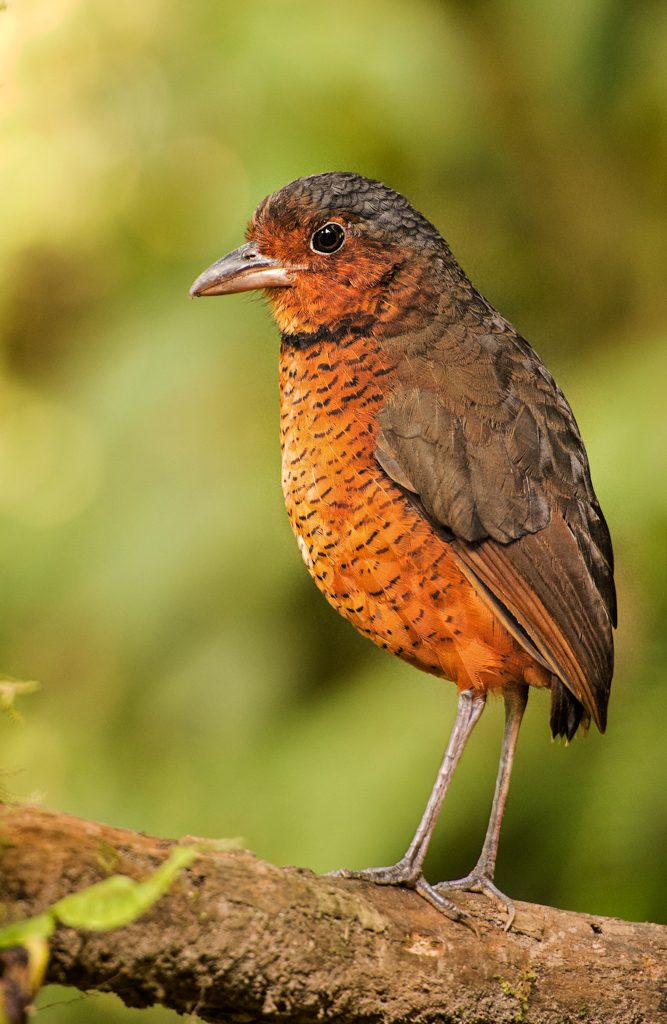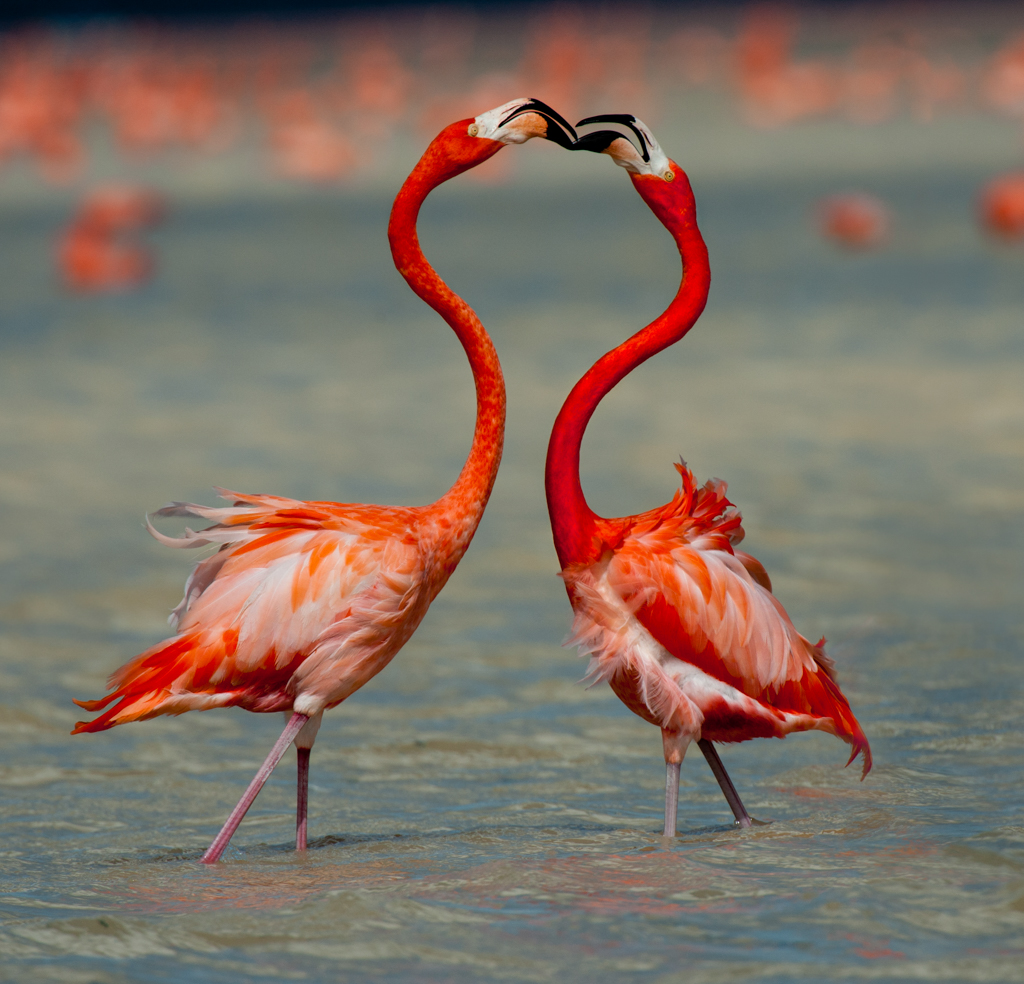
An essay from Bringing Back the Birds
by John W. Fitzpatrick, executive director of the Cornell Lab of Ornithology
My book, Bringing Back the Birds, in partnership with the American Bird Conservancy, contains fantastic essays by several incredible writers. One of my favorite pieces that gripped me the most was the essay by John W. Fitzpatrick: – “The Power of Birds: Capturing Our Hearts and Minds.” This essay is about more than just a bird song, or a single extinct bird. It is a call to action, an urging to take care of the earth. Reading this essay just might change how you see birds – and our world – forever.
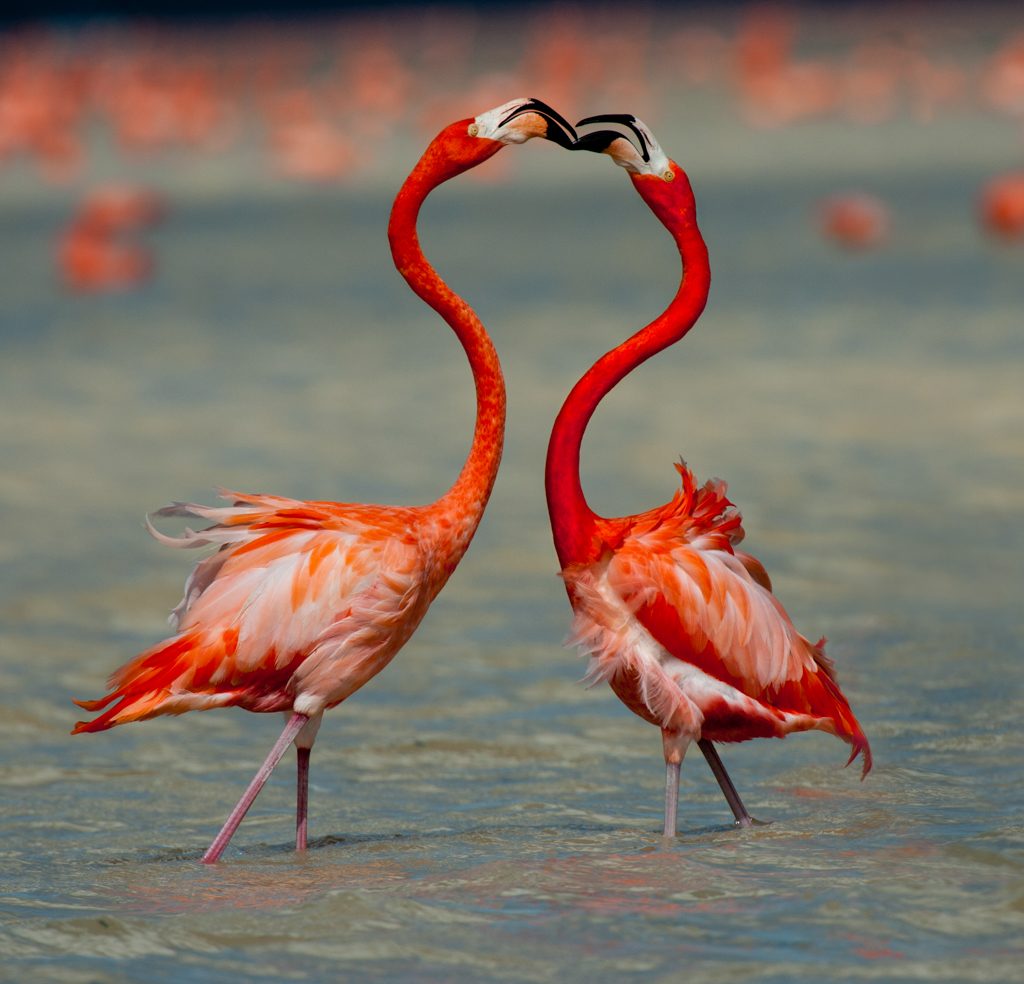
Two decades ago, I heard a bird sound that changed my life. This was highly unusual: I have been entranced by bird songs since I was five years old and have conducted research in some of the world’s most diverse bird communities. I’ve even described several bird species whose existence – and songs – were previously unknown to science. So how could one new song move me so?
The song was an odd series of liquid-sounding syllables, produced in halting cadence with frequent long pauses between the notes. Some of these short whistles turned upward like quizzical questions; others stroked emphatically downward. As the song progressed, I sensed a vaguely jazz-like beat. Overall, though, the song struck me as distinctly melancholy. Well, it should have, as it turns out.
This mystery singer was a male Kaua’i O’o, recorded in the late 1970s in the remote Alakai Swamp high atop the Hawai’ian island of Kaua’i. Way back when the Polynesians first colonized Hawai’i, each of the five largest islands harbored its own evolutionarily distinct species of O’o. By the early 1900s, four of these five species had gone extinct because of human influences – mainly habitat destruction, introduced mammalian predators, and introduced diseases. Only the Kaua’i O’o remained, the sole living relic of this ancient lineage of black-and-yellow birds. By the 1970s, Alakai Swamp had become the O’o’s last stronghold.
As I learned more about this recording, its meaning hit home. Not only was I hearing the last species of O’o, but this plaintive song belonged to the last surviving individual. This male was responding to a playback of its own song, because male and female O’os typically sing duets. In this case, however, not only was this male singing alone, but he would never again hear a female. This last surviving O’o would sing alone until 1985, when it too disappeared. Once I grasped the full meaning of this song, I vowed to do my best to let every human on earth experience what it does to us.
Ever since first hearing this Kaua’i O’o recording, I’ve opened my public talks by playing it for the audience – first, simply as an anonymous, delightful natural sound illustrating how lucky we are that birds fill our world with natural music. Then I identify the sound, tell its story, and play it a second time – always to total silence. Thousands of people have experienced this dramatic, emotional transition as their fond smiles faded away, brows knotted, and some eyes welled with tears.
Such is the power of birds. The Kaua’i O’o song and story move us so profoundly because birds have the unique capacity to capture both our minds and our hearts. Indeed, they accomplish this duality more effectively than any other group of organisms in nature. Borrowing from the Kohl’s terminology of neuroscience, birds activate both sides of our brain.
The typical human brain consists of two hemispheres, and their functions differ significantly from one another. For most of us, our left brain manages speech, logic, intellect, and reasoning, while our right brain handles less -linear functions – the artistic, emotional, and spiritual components of our personality. The extraordinary power of birds is that they can stimulate both sides, and often they do so simultaneously.
Indeed, my story of the Kaua’i O’o works well in public settings partly because I employ a “stage trick” that takes advantage of this dual power. I begin with a simple invitation for listeners to bathe in the extraordinary aesthetics of the sound, which is a pure right-brain stimulus. Only after everyone is transfixed by the amazing sound do I reveal the identity, the biology, and the sad fate of the singer. That engages the left brain, as the deep context about permanent loss and the larger implications about the relationship between humans and natural systems emerges. The power of this story ultimately lies in the comingling of our aesthetics with our intellect.
The extraordinary magic of birds is that they excite our whole brain with such a bewildering array of attributes. Not only do they sing, they also dance and display. Their ornamentation varies from dull to cryptic to breathtakingly beautiful to downright bizarre. And not only can they fly, for goodness’ sake, but they migrate by the billions across the globe, marking the biological rhythms of our planet just as predictably as seasonally shifting light beams in Mayan temples marked the physical rhythms of their year. Finally, these behavioral rhythms, along with a host of other ecological and behavioral features, make birds our most important barometers for how our world is faring.
Quite simply, birds are nature’s most powerful communicators to us humans. Three of these powers in particular – their music, their diversity, and the information they provide about our world – capture both our intellect and our heart.
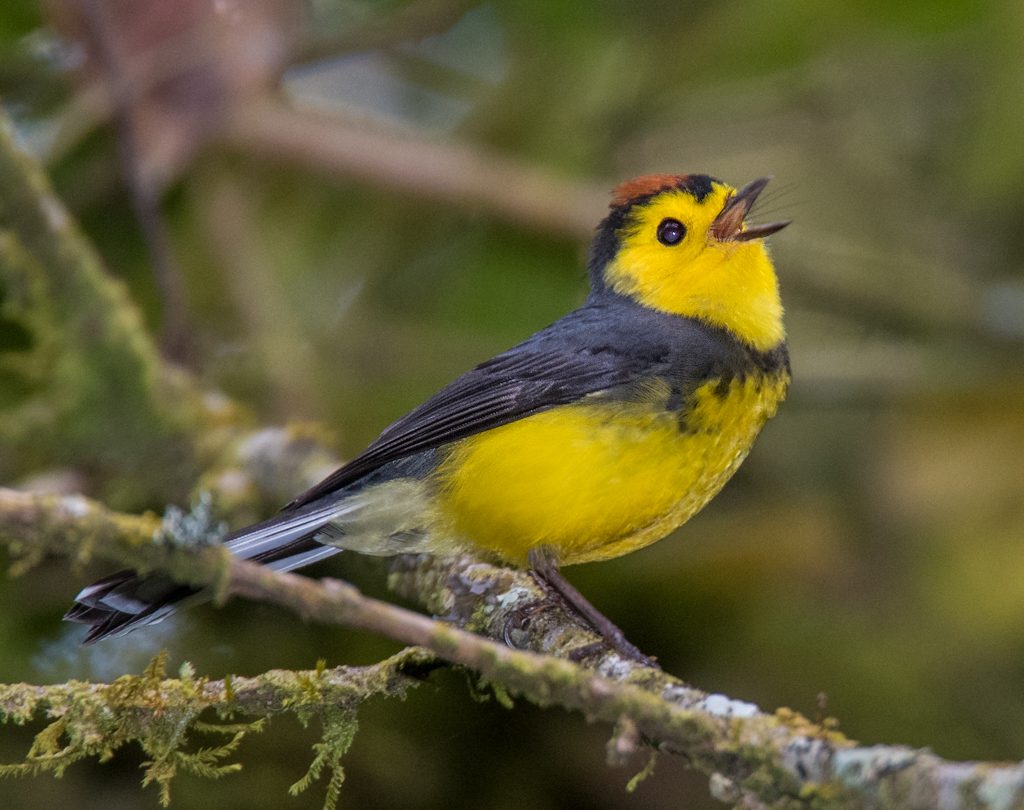
Their music
Poets, playwrights, and songwriters have swooned about the vocal abilities of birds since the beginning of written language. Birds’ display songs range from barely audible chirps to extraordinarily musical arias that can last minutes on end. In the former category, the great field-guide illustrator Roger Tory Peterson described the song of the rare Henslow’s Sparrow as “the poorest vocal effort of any bird.” Of the avian Grammy Award contenders, many would nominate Australia’s Lyrebird. Their continuous series of whistles, pops, and trills include stunningly accurate mimicry of other bird sounds (and even camera shutters whirring, car door slamming, and chain saws buzzing). Cementing their award-winning status, Lyrebirds augment their amazing vocal displays with perfectly timed, elaborate feather displays and rhythmic moves of the body and feet. Behavioral scientists are now viewing these intricate displays from the left brain perspective, studying them as perhaps the world’s best expression of coordinated dance in nature.
For demonstrations of vocal prowess I am partial to duets, and some birds around the world can rival the best of Verdi and Mozart. Duets are most prominent among tropical birds, many of which pair for life and so get plenty of practice in musically declaring their bonds with one another. Only a handful of North American birds engage in duets; Barred Owls take the prize for most bizarre. Their unique combination of coordinated hoots and nasal cackles has earned a fourteenth-century Middle English descriptor, “caterwauling.” While barbets are clear duet champions of Africa, quite a contest for the lead exists across the New World tropics. Screamers, wood-quails, wood-rails, nunbirds, and even the bizarre Donacobius all vie for top honors – the Donacobius pairs accomplishing their coordinated whistles while exposing bright-yellow air sacs and cocking their white-tipped tails back and forth in frenzied fashion.
The amazing array of wrens across Central America produce some of the most intricately woven duets in the world. Mostly hidden from one another by dense tropical tangles, males and females belt out separate strident warbles and whistles simultaneously, each highly musical in its own right, but also syncopated with one another’s with extraordinary mathematical precision. For sheer musicality from both aesthetic and intellectual perspectives (think of Bach fugues) the wrens tickle both sides of our brain as well as any of nature’s wonders.
Wren songs also illustrate another power that birds have – they teach us how nature works. Behavioral ecologists have extensively dissected and experimented with wren songs and, among other findings, have shown that both males and females are keenly able to detect fine-scale differences in one another’s vocal abilities. Females prefer to pair with males that perform the most physically challenging trills, while males choose to stay away from these high-performance competitors. One wonders if the same is true in the opera world.
Their stunning diversity
When I was 10 years old, my parents gave me a copy of the then-recently published Birds of the World by Oliver Austin, featuring hundreds of artistically stunning paintings by Arthur Singer. Paging through that bewildering array of plumages, shapes, sizes, behaviors, habitats, and geographies forever captured my heart. More important, those pages helped convert what had begun as a childhood curiosity into a deep and abiding fascination that would define my career.
Birds have an extraordinary capacity to live almost everywhere. This is especially impressive given that these outwardly delicate creatures must maintain body temperatures significantly higher than our own while wearing only a single layer of feathers. From the windswept Arctic breeding grounds of shorebirds to the penguin, petrel, and skua colonies of icy Antarctica, birds occupy nearly every habitat on earth. Moreover, because birds thrive on Tibetan mountaintops, puna grasslands and elfin cloud forests of the Incas, tropical rain forests of the Amerindians, thorn scrubs and savannas of the Masai, arid deserts of the Mongolians, and high seas of Polynesia, every human society in history has revered birds and woven them into their art and culture.
Amid all these varied habitats over their 150-million-year history, birds have adapted the full gamut of foraging strategies. Some feed on other animals, from tiny insects to large vertebrates (including other birds), while others eat seeds, nuts, fruits, buds, or even nectar. At least one species, the ancient and mysterious Hoatzin of Amazonian backwater swamps, even eats leaves! A few evolutionary groups – owls, nightjars, potoos and frogmouths – have joined mammals in conquering the night. The most peculiar of these is the Oilbird, an evolutionary outlier that feeds on palm nuts, nests in huge caves, and navigates by echolocation.
To negotiate all these environments and foraging styles, birds have evolved an astonishing array of locomotion strategies and body forms. Most birds can fly, of course, and here again they capture both our imaginations (who among us has not yearned to join them in the skies?) and our scientific analyses (beginning with Leonardo da Vinci’s Codex on the Flight of Birds). Even in flight, their variations are endlessly fascinating and awe inspiring, for birds do much more than just flap: In the air, they can glide, soar, stoop, swerve, stall, somersault, hover, and even fly backward. On the ground, they walk, run, sprint, hop, jump, thump, dance, burrow, kick, and build things. In the water, they bathe, splash, wade, swim (some with their feet, others with their wings), dabble, and dive.
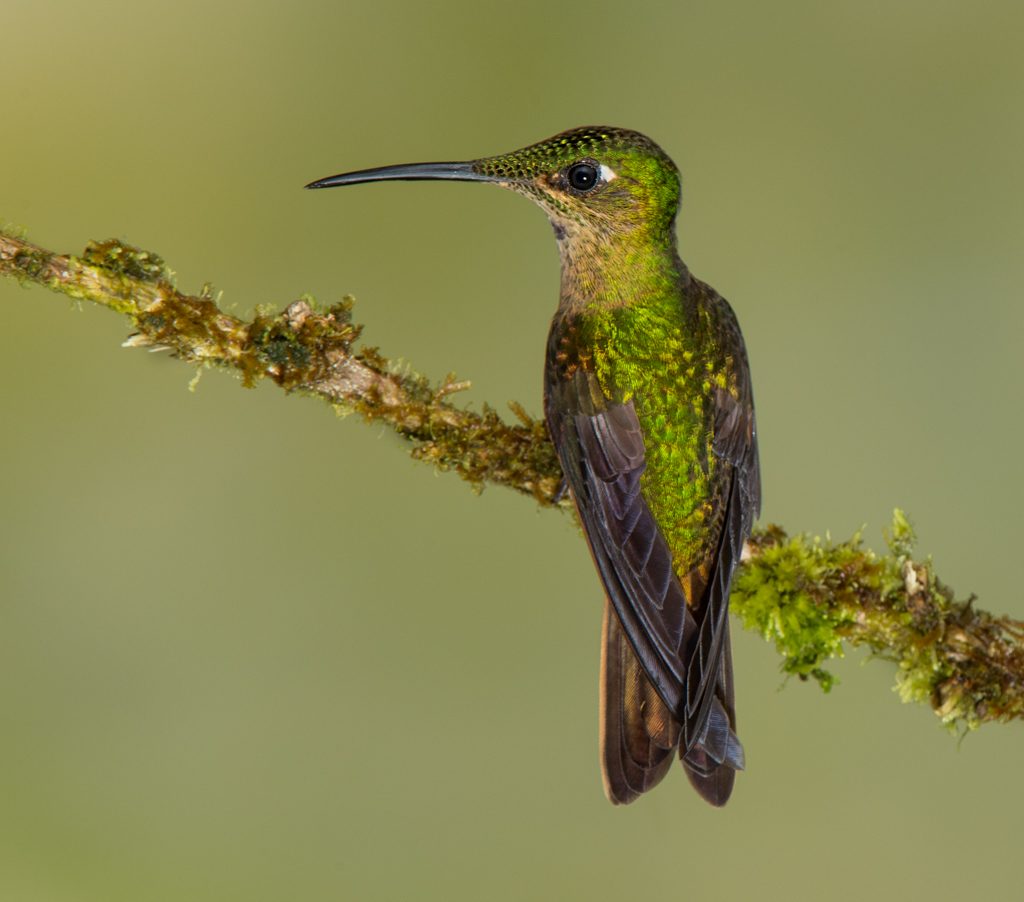
Reproductive strategies of birds are as varied as their ecological roles. Some birds mate for life and live in extended families, while others mate for just an instant and never see their offspring. Some raise a single offspring every other year, while others hatch instant family flocks several times a year. Some birds remain in their natal neighborhood all their lives, while others know the planet as a north-south stage to be traversed twice each year, generating the most remarkable global migration spectacle on Earth.
Because of all this bewildering diversity in form, function, and evolutionary diversification; because of their accessibility as study animals in both the laboratory and the field; and because they capture our imagination and passions, birds throughout history have taught us humans an extraordinary amount about natural history and about the history of nature. It is no accident that literally dozens of principles in the scientific disciplines of evolutionary biology, ecology, biogeography, behavior, neurobiology functional morphology, life-history theory, natural-resource management, and conservation biology were discovered through studies of birds.
Barometers for saving the world
Anyone familiar with the wildlands of western Northern America identifies deeply with the experience of hearing the warbled whistles of Western Meadowlarks- birds that are emblematic of open prairie and rolling sagebrush hills. Comparably evocative are the flute-like trills of Wood Thrushes, which fill our senses with the smell of springtime in an eastern deciduous forest. Today these sounds carry additional power, as they are also warning us of trouble. Meadowlarks, thrushes, and hundreds – perhaps thousands – of other bird species across the planet are sharply declining as their habitats become degraded.
It is no secret that humans are devastating ecological systems all across the planet. At seven billion and climbing, the human population must accept the sobering reality that we have become managers and stewards of our home planet. We must also acknowledge that so far, we are failing at the job. If we are to improve on our poor performance – and we must, or we ourselves are doomed – then we need to find efficient ways to measure our successes and failures along the way. We need assessment tools, gauges, yardsticks, benchmarks, and barometers all over the world, in every natural system, so that we can learn from our mistakes, adapt our management strategies, and multiply our stewardship successes.
This need for assessment tools has come to represent the most powerful and influential twenty-first century context for birds. Bird populations provide easily measurable clues to habitat quality all over the planet. Their role as barometers of environmental change represents the most important intersection between our simple love of birds (right-brain appeal) and a recognition of their enormous potential to serve as indicators of planetary health (left-brain connections).
Moreover, exactly because millions of people find birds so appealing to watch and count, we have begun to take advantage of human observers to map, monitor, and analyze their populations at remarkably fine scales. These “citizen science” data, in turn, are beginning to provide crucial indicators of environmental change. Thus, the power of birds has taken on a globally significant milestone role.
Thanks to the allure that birds have for every human culture, and thanks also to the information birds provide about the places where they live, a magnificent and globally available barometer finally has emerged, which – if we listen to what birds are telling us – could help ensure the persistence of Earth’s natural systems. Now it is our responsibility to study what bird populations are revealing about environmental change, act on the implications about protecting and managing natural systems, and spread the word about the power of birds.
